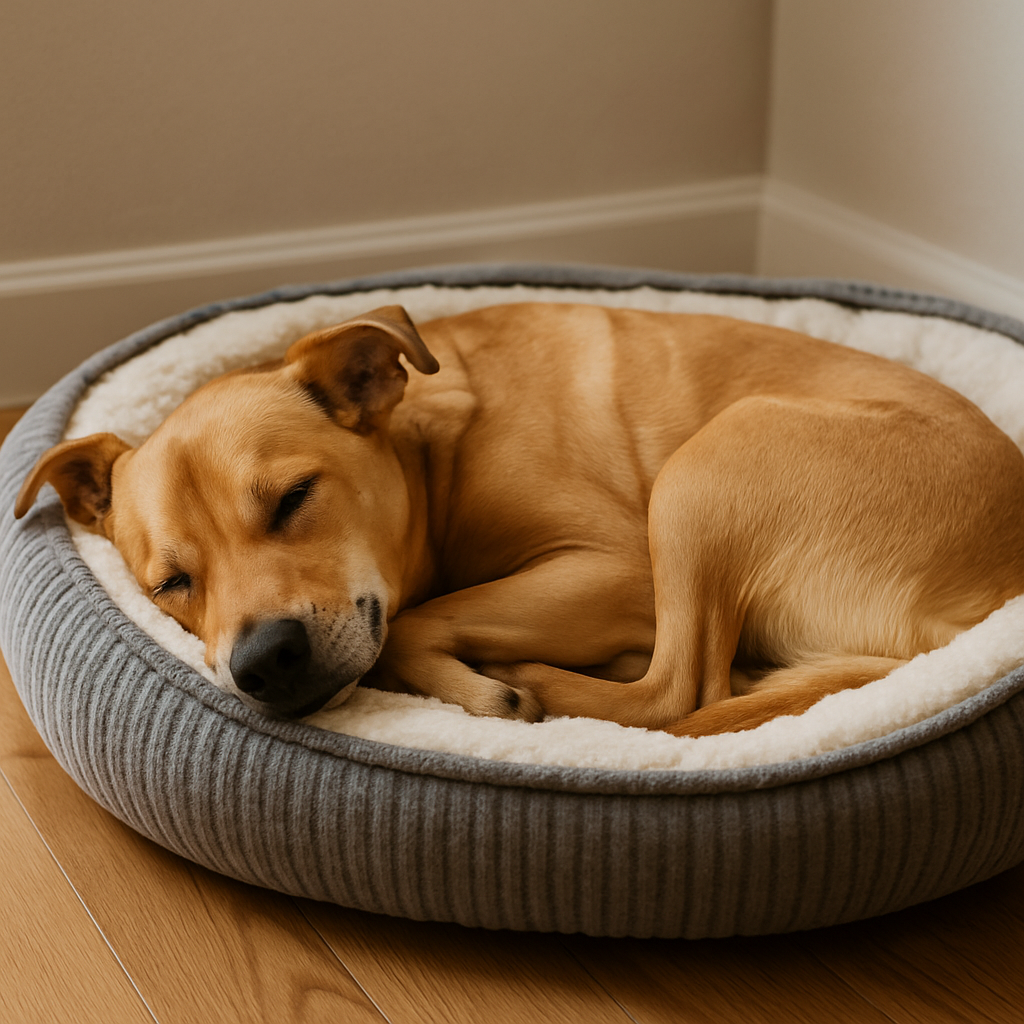SLEEPY SLEEP
Uncategorized Sleep, sleepyThe history of sleep and the development of sleep
helps sleep for human life. It plays an important role in our health, mood, memory and general functioning. However, sleep is not just a biological need, it is a cultural and historical phenomenon that has evolved alongside humanity. From old rituals and segmented sleep patterns to modern sound machines and AI-powered apps, the history of sleep is as rich and diverse as human history. This article explores the history of sleep, the development of sleep aids, and modern sound and technology.
I. Old World: Rituals, Dreams, Segmented Sleep
In older civilizations, sleep was deeply associated with spirituality and mythology. The Egyptians believed that the dream of the gods saved during their sleep was a temporary departure from the guards. The Greeks and Romans also viewed dreams as important and used herbs such as opium and mandrakes as sleep aids and dream inductors. The fact that people slept shortly after dusk means that they wake up for an hour or two in the middle of the night, praying, meditating, talking, visiting, sleeping until the morning. These two phase rhythms, consistent with natural circadian patterns before the invention of artificial light, destroyed the biological clock.
ii. Medieval Middle Ages: Environmental Impacts
Medieval sleep was influenced by environmental and social conditions. People went to sleep when it got dark and woke up when the sun started rioting and resorted to natural cues. The house was often cold and noisy, and the whole family slept in the same bed or in the same room, increasing the need for ways to relax. Warm milk and honey are popular drinks at bedtime, and spiritual rituals such as evening prayers and blessings were envisioned to protect the rest. Industrial Revolution: Disability and Adaptation
The Industrial Revolution was a dramatic change in human sleep patterns. With the invention of gas and electric lighting, society began to wake up longer. For a long time, the factory has requested strict working hours and have requested people to adapt their natural rhythm of sleep. Sleep practices in two phases have declined, giving way to sleep blocks that are uninterrupted by modern single-phase sleep patterns.
During this time, doctors began studying sleep more scientifically, but their knowledge was still limited. The late 19th century introduced early pharmaceutical sleep aids such as chloral hydrates, bromides and subsequent barbiturates. These drugs effectively induce sleep, but had serious side effects and search risks. 20th Century: Scientific Discoveries and Early Healthy Solutions
The 20th Century has made great strides in sleep science. The development of brain waves (EEG) in the 1920s allowed researchers to examine brain activity during sleep. This has led to the discovery of various stages of sleep, including REM sleep (rapid eye movement). White noise machines became popular in the 1960s and 1970s, providing a constant background sound masked against annoying sounds such as traffic and snoring. This was particularly useful in urban environments.
At the same time, the surrounding music was developed as a tool for relaxation. Artists like Brian Eno have created sound landscapes that were not designed for active listening, but rather to create a calm and soothing atmosphere. 21st Century: Digital Age and Technological Advances
In modernity, sleep has become both science and business. Technology offers many tools that allow people to maintain, fall asleep and understand their sleep patterns better than ever before.
A. Wearable Sleep Tracking Devices
Devices such as fitbit, ofaina ring, and Apple Watch include sensors that track sleep levels, heart rate and movement. These devices provide users with detailed sleep data and often provide tips for improving peace. Some high-tech beds and mattresses can even use sleep metrics in real time to set temperature and intensity.
B Apps and Guided Meditation
Smartphone apps such as calm, headspace and Insight timers are becoming more and more popular. These platforms offer guided meditation, bedtime stories, healthy landscapes and breathing exercises that will help users relax and fall asleep. Many of these tools are based on empirically supported methods such as mindfulness meditation and cognitive behavioral therapy for insomnia (CBT-I).
C Sleep Noise and Audio Technology
Various audio tools are used to improve sleep. It is often used for babies and light sleepers. Research shows that it can help deepen sleep and improve memory. Or soft, crushed noise that will induce a calming sensation in some listeners, encouraging relaxation and sleep.
D. Smart Home Integration
Integrated Modern Smart Home Integration Optimize your sleep with integrated lighting, temperature and sound. Intelligent light bulbs mimic the natural daily cycle, gradually dimming in the evening, signaling the production of melatonin to the body. The thermostatic and mattress cooling system fits in a calm ideal temperature range for a sleeping environment.


Awesome https://lc.cx/xjXBQT